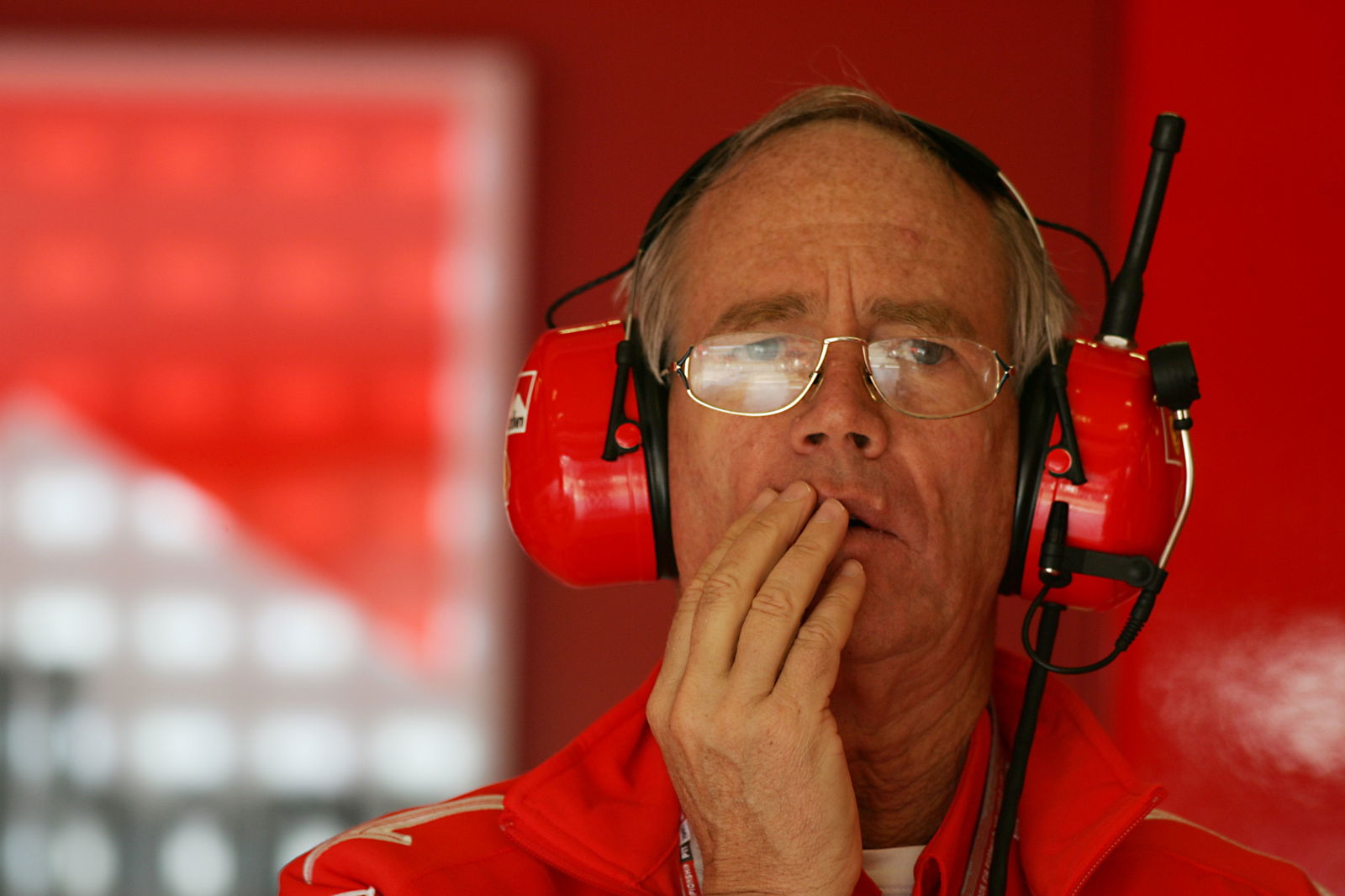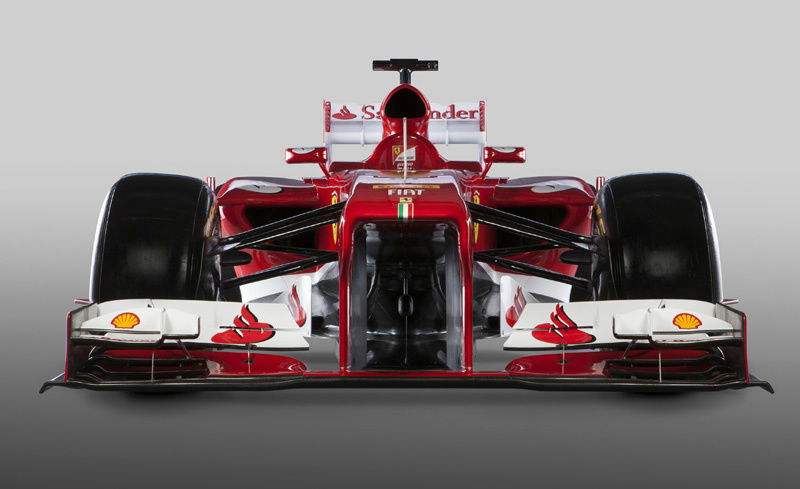Loss of wind tunnel not ideal, admits Ferrari

As Ferrari unveiled their new F138 car to the media on Friday, the team's management admitted that the closure of the Maranello wind tunnel has had an impact on how they approach the aerodynamic work for the new chassis.
The existing wind tunnel at Maranello is over a decade old, and beautiful as the Renzo Piano-designed structure undoubtedly is, it is also clearly starting to show its age on a technical level. The team had grown concerned that the facility was returning less than entirely accurate test data, and was in turn affecting the team's technical development strategy.
"Initial development of the F138 began towards the end of last season with the bulk of the aerodynamic work being carried out in Maranello," Ferrari's Chief Designer Nikolas Tombazis explained. "It is now quite old and needs upgrading, having served us well for 12 years."
As a result, Ferrari has opted to shut down the Maranello wind tunnel and not use it further in the development of the F138, instead focusing on getting consistent data from tests at the Toyota wind tunnel facility in Cologne, Germany.
"We had our doubts as to the correlation of data from the wind tunnel and the track," explained Ferrari president Luca di Montezemolo. "Therefore we decided to close the Maranello wind tunnel, to update it while concentrating only on the Toyota wind tunnel."
"All the work for this season's car will be carried out in the Toyota tunnel in Germany while we upgrade the Maranello wind tunnel to bring it up to the right level," confirmed Tombazis.
"The ideal situation would be to have the wind tunnel right here [in Maranello] and I cannot say that using a wind tunnel in Cologne is the perfect solution," Tombazis admitted. "But weighing up the medium- and long-term advantages of having an upgrade on our wind tunnel or carrying on as it was, we concluded that our current strategy was the best.
"We have taken steps to ensure communications and logistics are as effective as possible in 2013," he added. "But still, wherever the wind tunnel, the most important thing is to have good ideas and aerodynamic development and a good facility."
"I hope that, after the summer break, the rebuilt wind tunnel will open again here at Ferrari," said di Montezemolo. But the Ferrari president added that he saw the closure of the old wind tunnel as a positive step for the team even in the short term, especially since the team would be making an increased use of simulators to fill the gap in the meantime.
"Track testing is not available to us, something many would like to see reintroduced, so we have concentrated more on simulation tools," he explained. "Bringing an experienced driver like [former HRT driver Pedro] de la Rosa to Maranello is part of this strategy and attention to detail."
Sounding a note of caution, the team's technical director Pat Fry admitted that "We cannot hide the fact that, aerodynamically, the launch car is a long way behind where we are in the wind tunnel today. We will have a better idea of what our true performance level is come the third test but I'm not going to be happy until we are clearly quickest," he added.
The team already have aerodynamic upgrades being worked on that should be fitted in time for the third pre-season test session, before all the equipment is packed up and airfreighted to Australia for the first Grand Prix in March.
"You will see quite a lot of changes coming after the launch car: we will have some new parts for the second test and then another big upgrade for the third and final one, so lots of changes coming through," revealed Fry, who admitted that the continued focus on the 2012 championship campaign had delayed the start of work on the F138 more than he would have liked.
"The biggest challenge was the aerodynamic side of things, as we started maybe three months later than is normal," he said. "We have quite a lot of catching up to do." To help with this work, a reorganisation of team responsibilities for 2013 has put an added focus on aerodynamic performance.
"We have taken on a Head of Aerodynamics and some additional people to improve our methodology on the aero side," contributed chief designer Nikolas Tombazis. "In turn, my role has evolved to oversee these activities, while freeing up time for me to spend on specific aerodynamic issues and on adopting a more creative approach."
Tombazis added that in recent years, "F1 has become ever more sophisticated so one person can no longer do every single thing," emphasising that as far as Ferrari is concerned it's the entire team that will be tested to extremes over the coming months, and which will have to be up to the task ahead.

